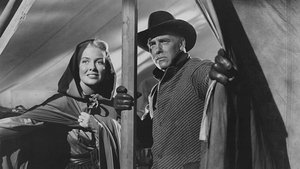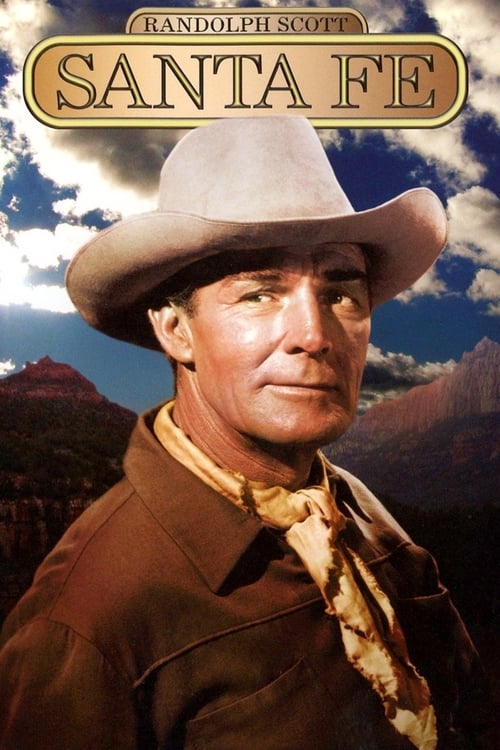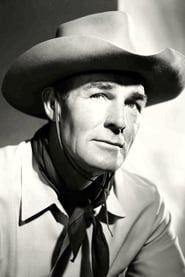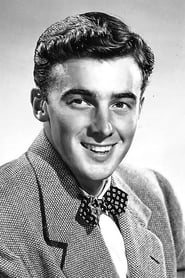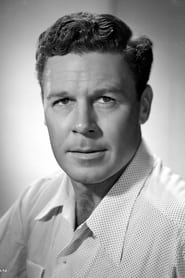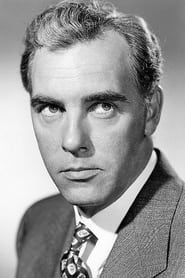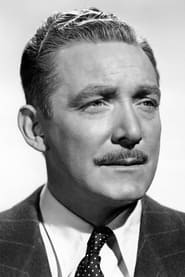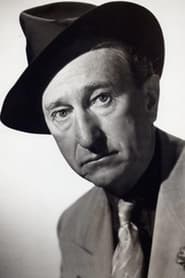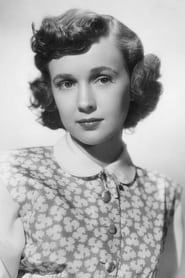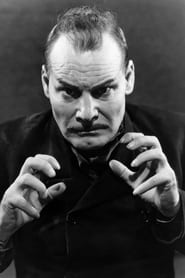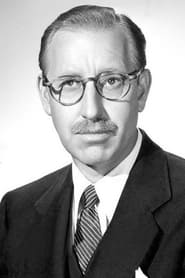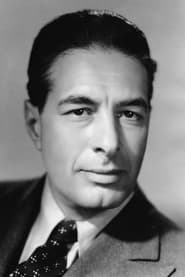Cast
View AllRandolph Scott
as Britt Canfield
Janis Carter
as Judith Chandler
Jerome Courtland
as Terry Canfield
Peter M. Thompson
as Tom Canfield
John Archer
as Clint Canfield
Warner Anderson
as Dave Baxter
Roy Roberts
as Cole Sanders
Billy House
as Luke Plummer
Olin Howland
as Dan Dugan
Allene Roberts
as Ella Sue Canfield
Jock Mahoney
as Crake
Harry Cording
as Moose Legrande
Sven Hugo Borg
as 'Swede' Swanstrom
Frank Ferguson
as Marshal Bat Masterson
Irving Pichel
as Harned
Crew
Director
- Irving Pichel
Producer
- Harry Joe Brown
Reviews
John Chard
Captain Canfield is a good man in a fight, I ought to know.
Santa Fe is directed by Irving Pichel and adapted to screenplay by Kenneth Gamet from the James Marshall novel and a story by Louis Stevens. It stars Randolph Scott, Janis Carter, Peter M. Thompson, Jerome Courtland and John Archer. A Technicolor production, it's photographed by Charles Lawton Jr. Story is set following the American Civil war and finds Scott as Britt Canfield, one of four ex-Confederate brothers heading West for a new life. While Britt finds honest employment on the Santa Fe railroad, his brothers veer towards the other side of the law.
A routine Western boosted by some quality set pieces and a well crafted script. Watchable from the off, film follows a true course whilst launching off narratively from the bitterness still felt by those who were on opposite sides of the war. It pitches Scott front and centre as the stoic character fending off all sorts of challenges, challenges that come courtesy of Indians, rival companies and his own kin! The acting around Scott is pretty average, though the comic relief from Billy House & Olin Howland is most appealing, while it would have been nice to have some more imposing scenery filling out the screen. All told it's a safe recommendation to Western fans, even if ultimately it's not a genre film to revisit often. 6/10
Nov 25, 2019
Thematic Analysis
Santa Fe represents a fascinating example of Western cinema, offering viewers a unique perspective on the human experience and societal structures. The film's approach to its themes demonstrates a creative vision that distinguishes it within its genre.
Director Irving Pichel brings their distinctive visual style to this film, continuing their exploration of themes seen in their previous works while adding new elements. Their approach to pacing and visual storytelling creates a viewing experience that rewards close attention.
Released in 1951, the film exists within a cultural context that now offers viewers historical perspective on the social issues of that era. Its reception demonstrates the diverse reactions to its artistic choices and its place in cinema history.
Did You Know?
- The production of Santa Fe took approximately 5 months from pre-production to final cut.
- The final cut of the film runs for 88 minutes, though the director's initial assembly was reportedly 131 minutes long.
- Some visual effects sequences took up to 10 months to complete.
- The cast underwent specialized training for 8 weeks before filming began.
- Several scenes were filmed in multiple locations to capture the perfect setting.
Historical Context
- In 1951, when this film was released:
- Rock and roll music was revolutionizing popular culture.
- The civil rights movement was gaining momentum in the United States.
- The film industry was dominated by major studios, with independent cinema still in its early development.
How This Film Stands Out
While Santa Fe shares thematic elements with other films in its genre, it distinguishes itself through its unique approach to storytelling, visual style, and character development.
Unlike Raiders of San Joaquin, which takes a more conventional approach to its subject matter, Santa Fe offers a fresh perspective through its innovative visual language and narrative structure.
While films like Blazing Saddles and Dakota Lil explore similar territory, Santa Fe stands apart through its deeper exploration of its central themes and more complex characterization.
This film's unique contribution to cinema lies in its thoughtful balance of entertainment value and thematic depth, making it a valuable addition to its genre.
Details
- Release Date: April 1, 1951
- Runtime: 1h 28m
